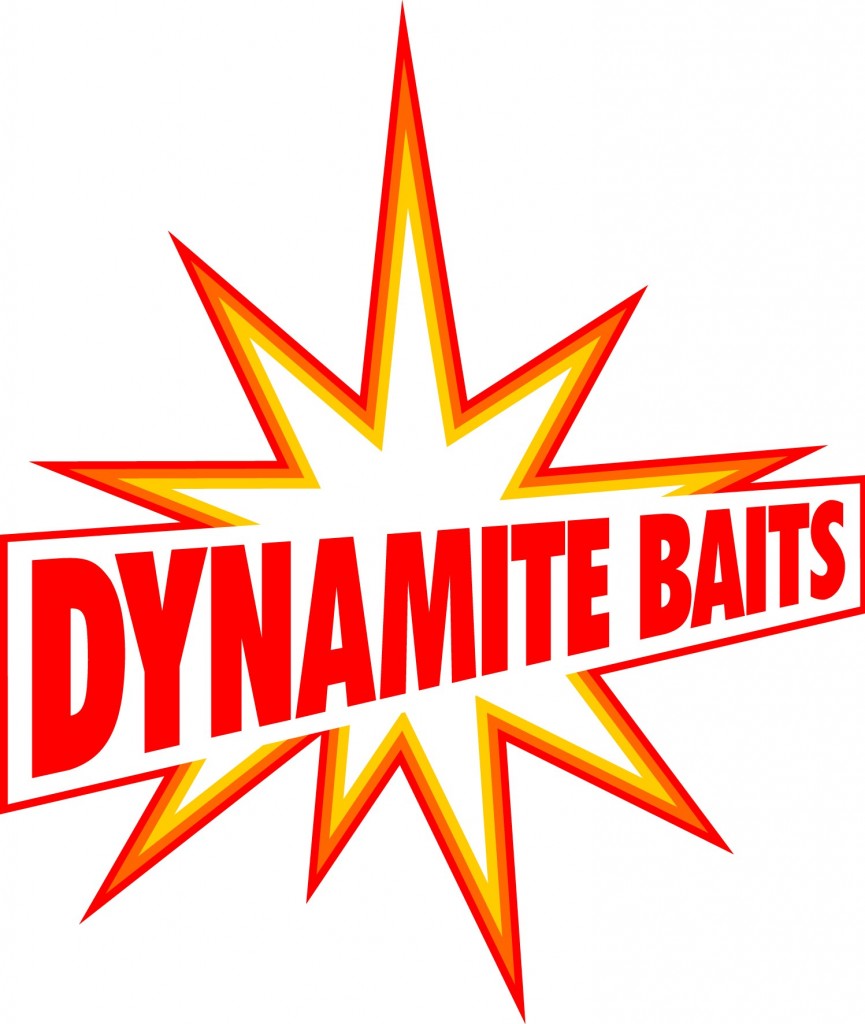Facts about Bream
posted on 15 January 2008 | posted in Hints and Tips
Common name: Common bream
Latin name: Abramis brama
Record weight: Broken several times in 2001, currently the largest specimen is a fish of 18lb 12oz caught from Bawburgh lake in Norfolk.
Distribution: Found throughout Europe and into the borders with Asia. Bream are an important commercial species in Eastern Europe where they are harvested with huge beam trawlers from rivers and lakes both for human food and for animal fodder. Most often found in lowland rivers and lakes, particularly the sluggish wide rivers of the East of England. Found in all but mountainous areas of the United Kingdom. Very common in many Irish waters.
Features: A very deep bodied fish, bream are much narrower in profile than other species, such as carp. Small bream may be confused with roach, which they share a similar silver colour. The bream lacks the red eye and fins of the roach and the anal fin is much longer in the bream extending almost to the tail.
In larger bream a dark bronze back blends into an almost black stomach on large specimens that sets them apart from other coarse fish species. In the very largest fish the shoulders become very thick-set giving the bream a bullish appearance.
Small bream may be mistaken for the closely related silver bream (Blicca bjoerkna) and hybrids between bream and roach and rudd. The silver bream is a very delicate fish with a silver colour, light coloured fins, large eye and shorter anal fin than the common bream. Hybrids can be more difficult to determine, but look for a narrower shape, red eye and fins and short anal fin.
Diet: Bream are almost unique amongst coarse fish in taking very similar prey throughout the bulk of their lives. From a length of approximately 25mm to the largest bream of nearly 19 pounds, bream feed almost exclusively on tiny chironomid larvae, commonly known as bloodworm. Bream require huge numbers of chironomids each day to survive. A five pound bream may consume a hundred thousand animals each day. A shoal of bream will follow a patrol route around a lake or along a river stopping to feed on the beds of chironomids as they go. Although the bream follow a similar route each day they do not stop at the same spots. The bream will sample the mud on the lake bed at different points only stopping to feed when the densities of chironomids are high. A shoal of bream is likely to very quickly reduce the population of chironomids and may take several weeks to re-establish themselves. Bream feed upon chironomids by hoovering up the animals, along with a large amount of mud and debris from the lake bed. In the mouth the prey are separated from this debris by special layers of fine hairs attached to the gills. The balls of chironomids are then swallowed whilst the debris is spat out.
Spawning: Bream begin to mass for spawning at the beginning of May. Spawning occurs when the water temperature reaches 14 centigrade, which generally occurs in late May or early June. The male bream reach the shallow weedy spawning bays first and establish small territories from which they try to exclude other males. The biggest and strongest males get the best areas, normally those with the thickest stands of plants on which the eggs will be laid. The females enter the spawning bays a few days later and spawning normally occurs around dawn and dusk. Each female will be attended by several males, each vying for the chance to spawn with her. The larger females can produce several hundred thousand eggs which are liberally dispersed over the submerged plants.
Growth: Small bream grow more quickly than roach or rudd when feeding conditions are good. By the end of their first summer they will measure approximately 40mm in length and resemble the adults in miniature. In poor environments bream will be smaller than roach at the end of the first Summer and this is a good sign that recruitment of bream will be poor. Once they have survived their first Winter the shoals of bream will be established that will last throughout the remaining twenty years of their lives. The bream will reach sexual maturity after five years at a weight of only a couple of pounds. They will continue to grow for almost the whole of their lives, only limited by the amount of small chironomids present.
Methods of Capture. Predominantly feeding on the soft bottom of ponds, lakes and the lower reaches of rivers, the Bream can be caught with legered baits or laying on with a waggler. Bream tend to shoal and move casually around looking for food. Large catches result from heavy feeding, effectively laying down a carpet of bait and groundbait whereupon the shoal once finding the food will stay either till disturbed or having 'mopped up" the food when they will move on. Baits such as Redworm and Castor can be used together quite successfully. Maggots, pinkies and chopped worm mixed in with Groundbait used liberally can provide a feeding ground for the shoal. The Bream has not got a reputation though as a fighting fish, generally coming to the net with little resistance.
Once a shoal starts to feed, any fish hooked needs to be pulled away from the remainder quickly, otherwise the shoal will be spooked and will move on. Large weights can be caught provided the shoal stays over the feeding ground. A fairly consistent method is an open-end feeder filled with a groundbait mix combined with a hook length of 18 - 24 inches. Once cast in and the feeder reaches the bottom, take up the slack in the line and then pull the rod a further 18 inches or so. This will place the hook over the groundbait.
|








.jpg)
.jpg)





